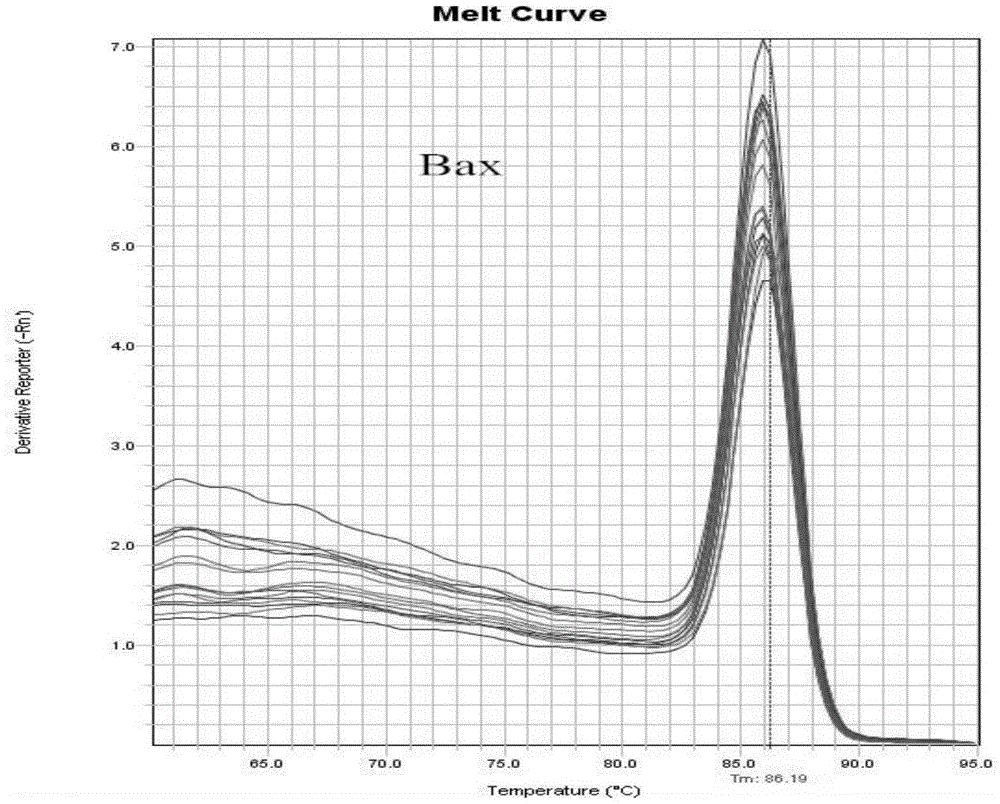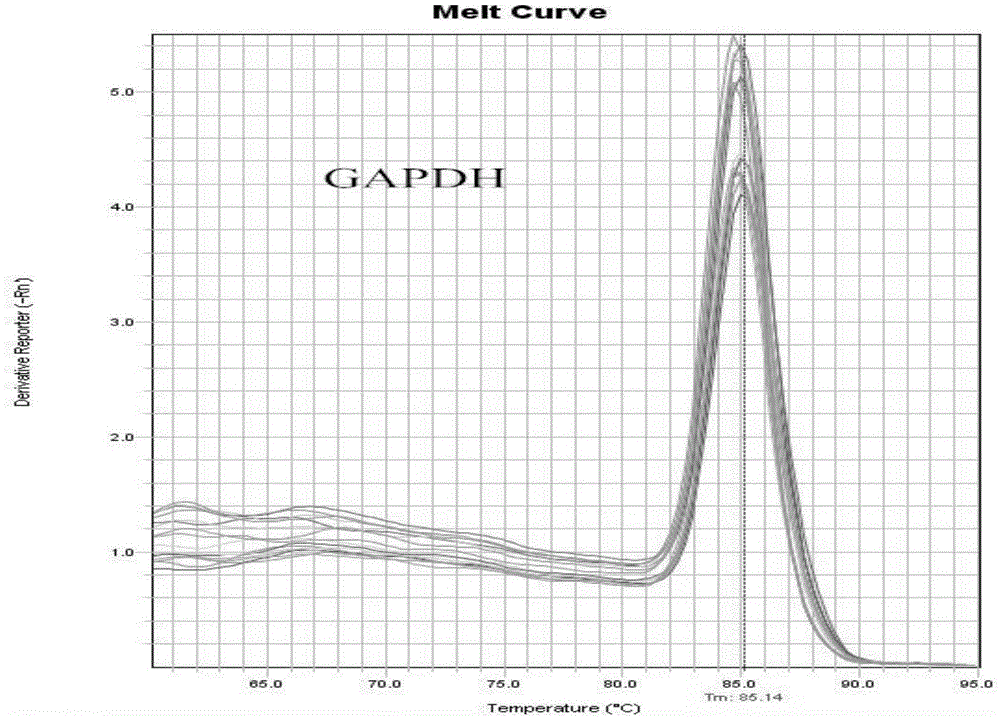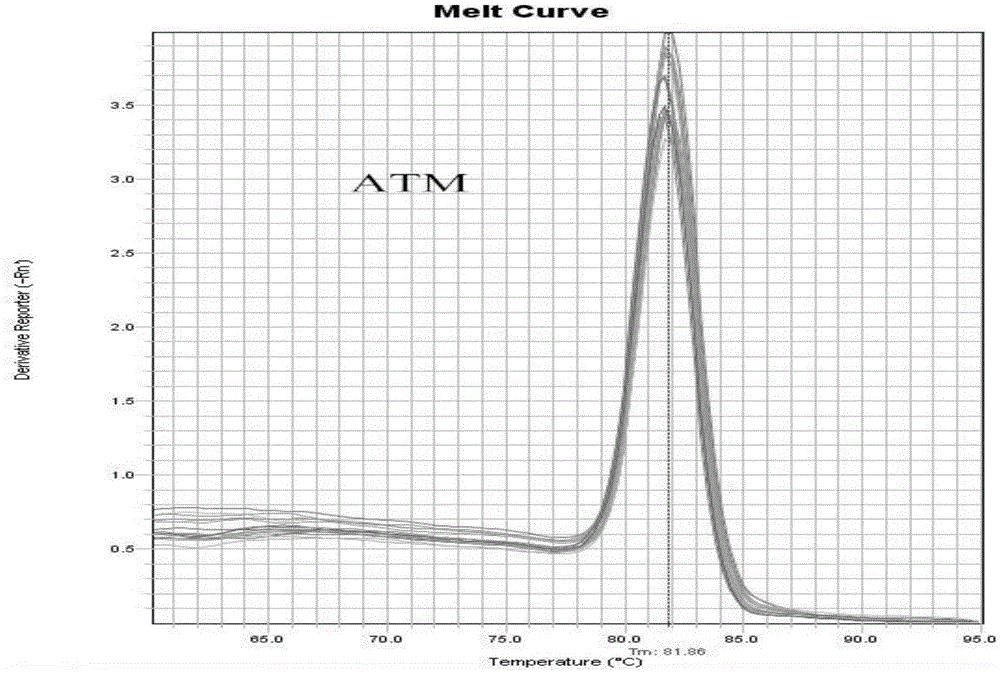Method for predicting genetic toxicity with human bone mesenchymal stem cells
A technology of bone marrow mesenchyme and genotoxicity, applied in the field of early genotoxicity evaluation of chemicals or environmental samples, can solve the problems of low three-dimensional environment similarity, extrapolation of test data, high proportion of false positive results, etc., and achieve accurate genotoxicity in vitro The effect of the detection method
- Summary
- Abstract
- Description
- Claims
- Application Information
AI Technical Summary
Problems solved by technology
Method used
Image
Examples
Embodiment
[0026] (1) Human bone marrow mesenchymal stem cells were cultured and proliferated in vitro, the cells grew to 80%-90% confluent, the original DMEM medium was removed, phosphate buffer was washed 2-3 times, and trypsin was added to digest the cells for 1-1.5 min, most of the cells became dots and floated under the microscope, and 3mL of new medium (containing 10% fetal bovine serum) was added to stop the trypsinization, and the cells were harvested;
[0027] (2) Inoculation and in vitro exposure of human bone marrow mesenchymal stem cells, the cells obtained in step (1) were centrifuged, the supernatant was discarded, the medium was added, the cells were mixed gently, the cells were counted and the cell density was adjusted to 2×10 5 cells / mL, inoculated in 12-well plates, and added 1 mL of cell suspension to each well; mL) to carry out 48h exposure treatment;
[0028] (3) Extraction of total RNA from human bone marrow mesenchymal stem cells, harvest the cells treated in step...
PUM
 Login to View More
Login to View More Abstract
Description
Claims
Application Information
 Login to View More
Login to View More - R&D
- Intellectual Property
- Life Sciences
- Materials
- Tech Scout
- Unparalleled Data Quality
- Higher Quality Content
- 60% Fewer Hallucinations
Browse by: Latest US Patents, China's latest patents, Technical Efficacy Thesaurus, Application Domain, Technology Topic, Popular Technical Reports.
© 2025 PatSnap. All rights reserved.Legal|Privacy policy|Modern Slavery Act Transparency Statement|Sitemap|About US| Contact US: help@patsnap.com



